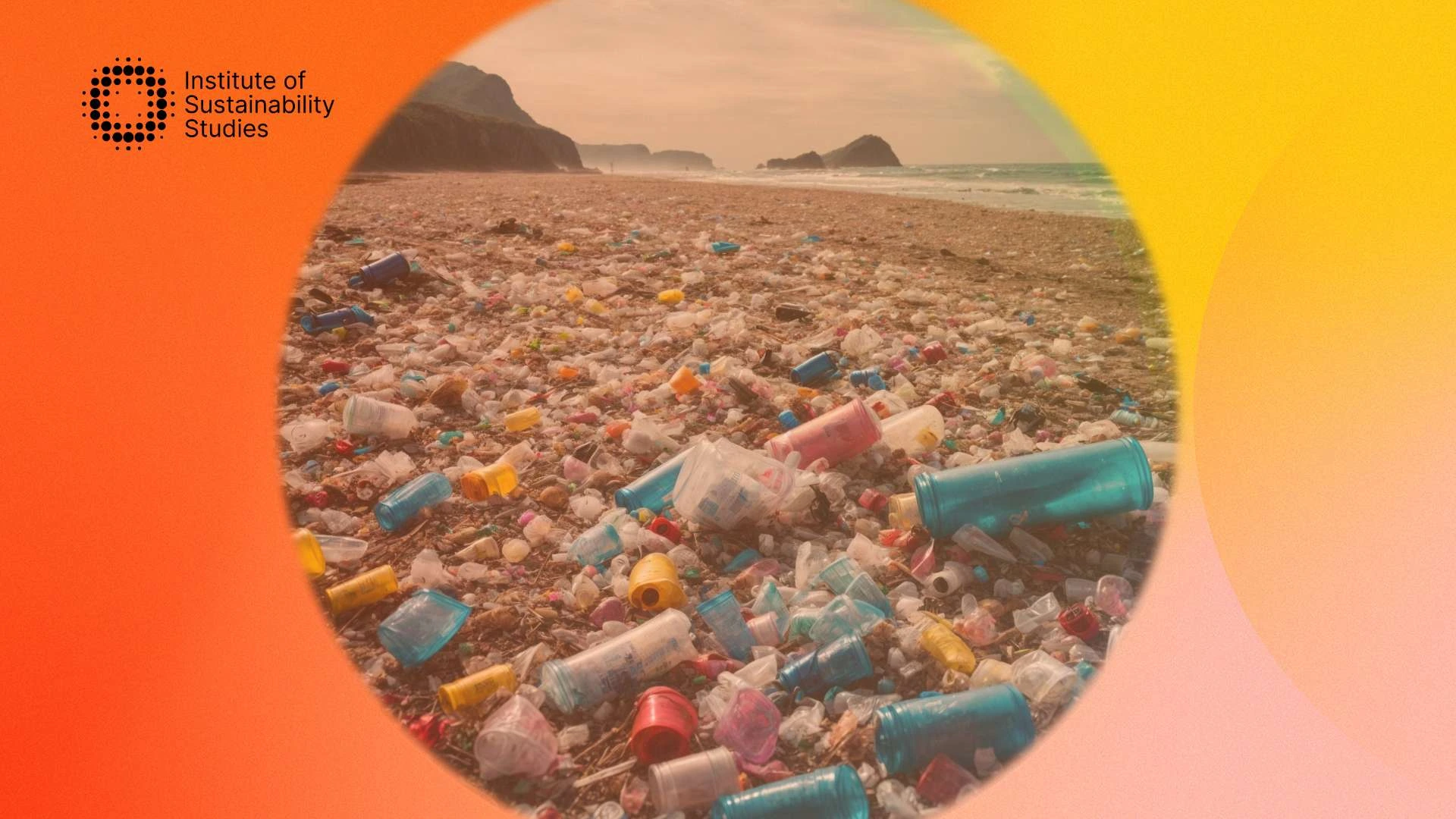We are currently in an intense race to reach zero and meet the targets set out in the Paris Agreement. Keeping worldwide carbon emissions reduced remains to be a considerable challenge. Over the past number of years, more and more businesses have pledged to offset their carbon. So, what is carbon offsetting?
Moreover, it has been suggested carbon offsetting could be key to decarbonising and achieving net zero. But what exactly is carbon offsetting, and how does it work? Carbon offsetting may not only be a huge part of the puzzle in terms of reducing emissions but also in empowering communities and wildlife.
What is carbon offsetting?
A carbon offset is a name used to refer to a carbon credit when it is used by a business to compensate for the greenhouse gases it has emitted. One carbon credit equates to roughly one tonne of carbon dioxide removed from the atmosphere.
This explains the carbon in carbon offsetting, but a carbon credit can also represent other greenhouse gases in the same amount, measured in CO2e or carbon dioxide equivalent. Carbon offsetting goes further than simply reducing emissions; it allows companies to take responsibility for their residual emissions.
By purchasing these carbon credits, businesses and individuals also get the opportunity to support worldwide projects working to avoid or capture CO2 emissions. These projects are generally focused on a range of environmental and social issues. For example, projects to plant trees, improve biodiversity, assist with the transition to clean energy, and more.
The carbon credit, therefore, acts as a permit that enables the business to emit a certain amount of carbon dioxide or greenhouse gas. As mentioned, each carbon credit equates to one tonne of carbon dioxide, so this is the amount the business is permitted to emit.
We need to achieve net zero; in this scenario, your business would have zero carbon footprint. This can, of course, be achieved by reducing emissions entirely, but that is not always financially feasible. Therefore, carbon offsetting allows these businesses to still take responsibility and balance their impact for the areas they cannot make changes.
The concept was created by the United Nations when they realised the challenge of reaching net zero at the Kyoto Protocol in 1992. Carbon offsetting enables business leaders to think of their carbon footprint as a form of accounting. Their emissions are then their expenditure, and the carbon offsets they purchase to act as their revenue. Essentially, businesses should try to break even every year to transition to net zero.
Achieve sustainability goals by mastering decarbonisation planning and carbon offsetting methods with an online, self-paced Diploma
About compliance and voluntary carbon markets
Another area of confusion that comes with carbon offsetting is what is meant by mandatory and voluntary offset markets. Put simply; compliance markets are those that are regulated and developed by international, national, or regional carbon reduction regimes.
On the other hand, voluntary carbon markets are those that operate outside of compliance markets. They allow companies and individuals to buy carbon offsets on a voluntary basis with zero intended use for compliance reasons. In saying that, there are occasions when compliance offset market credits are purchased by non-regulated, voluntary entities too.
However, unless voluntary offset market credits are accepted into the compliance scheme, they are not allowed to fulfil compliance market demand. The first-ever carbon offset projects were based on voluntary engagement; however, the idea has since evolved within broader market mechanisms where it is acting as a tool for addressing numerous issues, such as greenhouse gas emissions.
The motivations of both compliance markets and voluntary carbon markets are diverse, and that is to act on climate change and add value for investors, citizens, and customers. The ultimate aim is to determine future regulation and engage collaboratively with stakeholders.
Voluntary carbon offsets, by contrast, consist of financing voluntary actions, facilitating a measured and verified avoidance/reduction or sequestration of greenhouse gas emissions elsewhere. These kinds of offsets are also focused on supporting sustainable development, generally in the countries most affected by climate change and often with the lowest carbon footprints.
The verification and standards for carbon credits
There are certification bodies, referred to as standards, which define the requirements for the quality of the projects and the carbon credits that are generated by them. They create criteria and verify projects according to rigorous standards. Certification by a globally recognised standard is vital for robust and rigorous offsetting.
Each of the standards also sets its own methodology. The criteria are created by experts in the field and verified by independent bodies. In order to achieve certification and provide carbon credits, the project has to go through a number of steps. Moreover, the projects will be audited regularly to assess their compliance.
The standards on the voluntary carbon market include the Gold Standard, which was established by the WWF and other global NGOs in 2003. There is also the Verified Carbon Standard (VSC) and the American Carbon Registry (ACR), for example.
Gain the skills to reduce emissions and implement carbon offsetting solutions with our comprehensive, university credit-rated Diploma
What is the purpose of carbon offsetting?
The goal of carbon offsetting is to help us achieve our worldwide climate goals within the right timeframe. Carbon offsetting allows emitters to balance the climate impact of their activities by providing funding for emission removal and reduction projects worldwide.
While they are not a solution and more so a piece of the puzzle in decarbonising, the idea behind carbon offsetting is to address emissions globally in a quicker manner. It is essential that businesses make progress toward reducing their emissions now, but carbon offsets remain a valuable tool to enable global cooperation to reduce emissions at a quicker rate.
Examples of carbon offsets
Carbon offsets are essentially tradable certificates or rights connected to activities that lessen the amount of carbon dioxide in our air. Purchasing these certificates enable the purchaser to fund projects that tackle climate change issues.
The certificate offsets the individual’s or business’s emissions with an equal amount of CO2 reductions somewhere else. Examples of carbon offsetting projects could include building renewable energy, waste and landfill management, or reforestation.
One of the most popular kinds of carbon offset projects currently is reforestation projects, for example, through tree planting. There are tonnes of carbon offsets available that you can invest in. From preserving wildlife to installing renewable energy. As the demand for this industry grows, more exciting and innovative projects are also being developed.
Third-party businesses sell these offsets and then distribute the funds to the carbon offset projects. There are, however, numerous challenges in producing carbon offsets. This is because, to issue one, the project must illustrate it will genuinely lessen emissions.
Additionally, the amount of carbon dioxide being removed from the atmosphere has to be measured accurately. The process of doing so requires protocols and well-documented standards in addition to a means that verifies the project’s claims and impact. Without this verification, we cannot trust that purchasing carbon offsets will truly reduce the amount of carbon in the air.
How does carbon offsetting fit into a decarbonisation plan?
Decarbonisation is an essential step in fighting climate change. With decarbonisation, the goal is relatively straightforward: lessening carbon dioxide emissions worldwide as quickly as possible. In order to decarbonise, we must work from sector to sector.
Governments, businesses, and society have a vital role to play in tackling climate change and decarbonising. A lot of businesses are pledging to be carbon-neutral by 2050, but research still concludes we are not on track to achieve the targets set out in the Paris Agreement.
A decarbonisation plan, therefore, will help businesses, in particular, to play their role. For your business to decarbonise and achieve net zero, there are a number of steps you need to implement to successfully carry out your decarbonisation plan.
Firstly, you must calculate your carbon footprint and then work actively to reduce your greenhouse gas emissions in the most technical and financial way possible. Only after you have done this should you purchase carbon offsets to balance out the remaining emissions.
Carbon offsetting should be the final step in a decarbonisation plan that helps businesses to achieve net zero. You must first calculate your carbon footprint and work to reduce your emissions as much as you can. A truly carbon-neutral business does this and then cancels out the remaining emissions with carbon offsets.
Need focused upskilling? Develop practical decarbonisation skills with an expert-led short course
Summary
Carbon offsetting is an important step when it comes to decarbonising and transitioning to net zero. Offsetting projects deliver social and environmental benefits and are aligned with the UN SDGs. Carbon offsets act as accelerators to help us achieve the Paris Agreement targets in a quicker timeframe also. However, if you plan to purchase carbon offsets, it should only happen after you have calculated your footprint and assessed where you could make as many emission reductions as possible.
It should not be seen as a sole solution for becoming a more sustainable business but rather a climate action tool for carbon that is difficult to offset due to financial reasons, for example. Similarly, it is also essential to research different projects you can support and ensure they are verified and adhere to the standards.
Dedicated to harnessing the power of storytelling to raise awareness, demystify, and drive behavioural change, Bronagh works as the Communications & Content Manager at the Institute of Sustainability Studies. Alongside her work with ISS, Bronagh contributes articles to several news media publications on sustainability and mental health.
- Bronagh Loughlinhttps://instituteofsustainabilitystudies.com/insights/author/bronagh/
- Bronagh Loughlinhttps://instituteofsustainabilitystudies.com/insights/author/bronagh/
- Bronagh Loughlinhttps://instituteofsustainabilitystudies.com/insights/author/bronagh/
- Bronagh Loughlinhttps://instituteofsustainabilitystudies.com/insights/author/bronagh/









